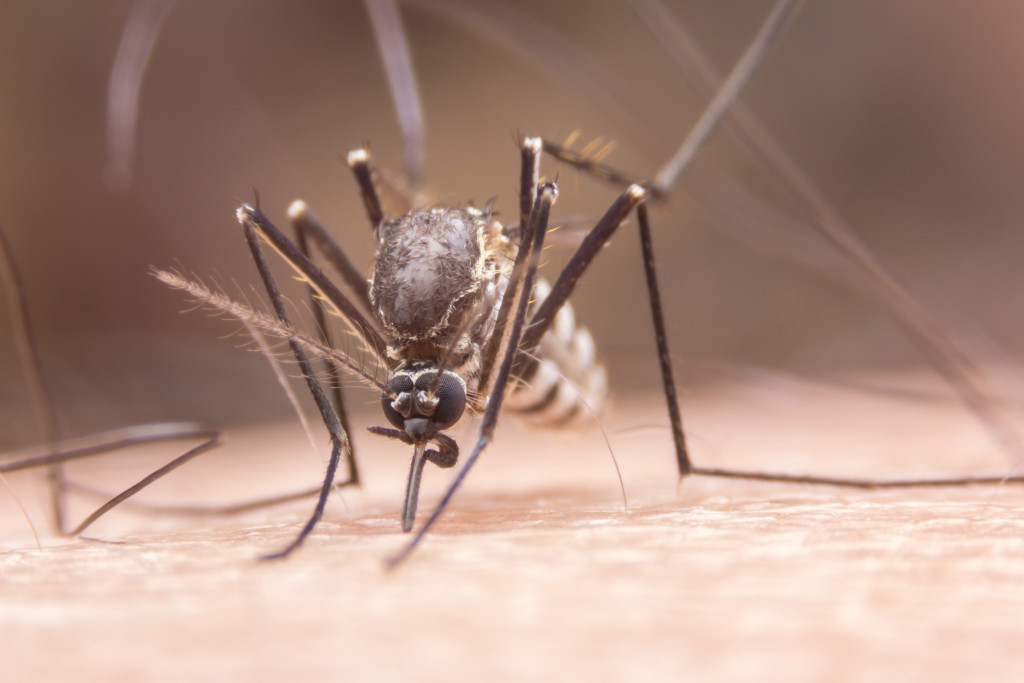When it comes to death by animals, it’s easy to blame the giants like sharks. After all, there’s Jaws, which seems to prove that they will attack anything that moves.
In reality, there were only 57 unprovoked shark attacks worldwide, and only 10 resulted in death. In fact, a person is more likely to die because of vending machines, which average 13 deaths annually. Meanwhile, coconuts usually lead to 150 deaths.
Not all big animals can cause massive deaths, and not all small ones are gentle and worth ignoring. A perfect example is a mosquito.
Mosquito Death by the Numbers
Many people contract diseases from vectors or animals who can carry pathogens like parasites, viruses, and bacteria and infect hosts like humans. These include aquatic snails, lice, ticks and fleas, sandflies, and tsetse flies.
However, nothing can seem to beat the mosquitoes. No more than an inch long, but they can already cause at least a million deaths a year. In 2019, the World Health Organization (WHO) Africa revealed that at least 409,000 people died from malaria in the region alone. The CDC shared that 22,000 people die each year from severe dengue. Around 700 people will contract mosquito-borne diseases within the same time.
What Makes Mosquitoes Good Vectors?
Of the over 2,500 species of mosquitoes, only three can bring diseases. The Aedes aegypti, for example, can cause Chikungunya, dengue fever, yellow fever, and Zika. Anopheles is the primary carrier of the parasite that leads to malaria, while Culex is a vector for West Nile fever and Japanese encephalitis.
What makes them so effective as carriers of pathogens? Let’s look at the following factors:
1. They Bite Humans
Contrary to what most people think, humans are not the only food source for mosquitoes. They are even like butterflies—they’re notorious for feeding nectar, which means they are also pollinators.
When they are young, a.k.a. larvae, they consume algae and microorganisms in the water whether they are hatched. When they enter the pupal stage, they don’t eat anything at all.
So why do they bite humans? They are interested in human blood, which contains a lot of nutrients and protein. The female mosquitoes need them to help them develop quality eggs. However, in the course of biting and sipping, they can pass on the pathogen they’re carrying through the break of the skin.

It takes a while before symptoms can develop. For example, the incubation period is between 4 and 10 days. After this, the virus, which has now replicated significantly, can travel through the bloodstream, infect the organs, and cause a variety of symptoms, some of which can be life-threatening.
Fortunately, humans can fend off mosquito bites in many ways, including using mosquito attractants for sale. They mimic the scent produced by human skin, attracting the biting insects and eventually trapping them.
2. Mosquitoes Can Reproduce Quickly
Although only a measly percentage of mosquitoes can cause disease, and only female ones can bite humans, they are still effective vectors because of their reproduction process.
Female mosquitoes take only one mating period to reproduce and lay eggs for the rest of their lives. Every time they give birth, they can release as many as a hundred eggs every three days.
These eggs, on the other hand, can already hatch within one to two days. They could then become adults in less than a week. However, these insects can also be very patient. A 2014 study in the Journal of Medical Entomology revealed that they are capable of delayed hatching until the conditions, especially that of water, are ideal.
3. Humans Travel
Although some types of research showed that mosquitoes could fly up to 50 feet and breed in tree holes, in general, they most can only reach 1 to 3 miles at a speed of 1 to 1.5 miles per hour. Many also cannot go up to many floors.
But humans travel, and once they have been by a disease-carrying mosquito, they can also become vectors. In fact, this is how malaria often spreads: a mosquito bites an infected person and then passes the same pathogen to another through biting.
Human travel also largely explains the spread of diseases throughout history. A ship that traveled from Asia and docked in an Italian port with some dead crew members might have started the bubonic plague, which wiped out about 33 percent of Europe’s population at the time.
It may be terrifying to think how something so small can be so vicious and deadly. The good news is that old-fashioned strategies like getting rid of stagnant water, where they hatch their eggs, can still work. More medicines are on the way as well to reduce the risks of mortality.

